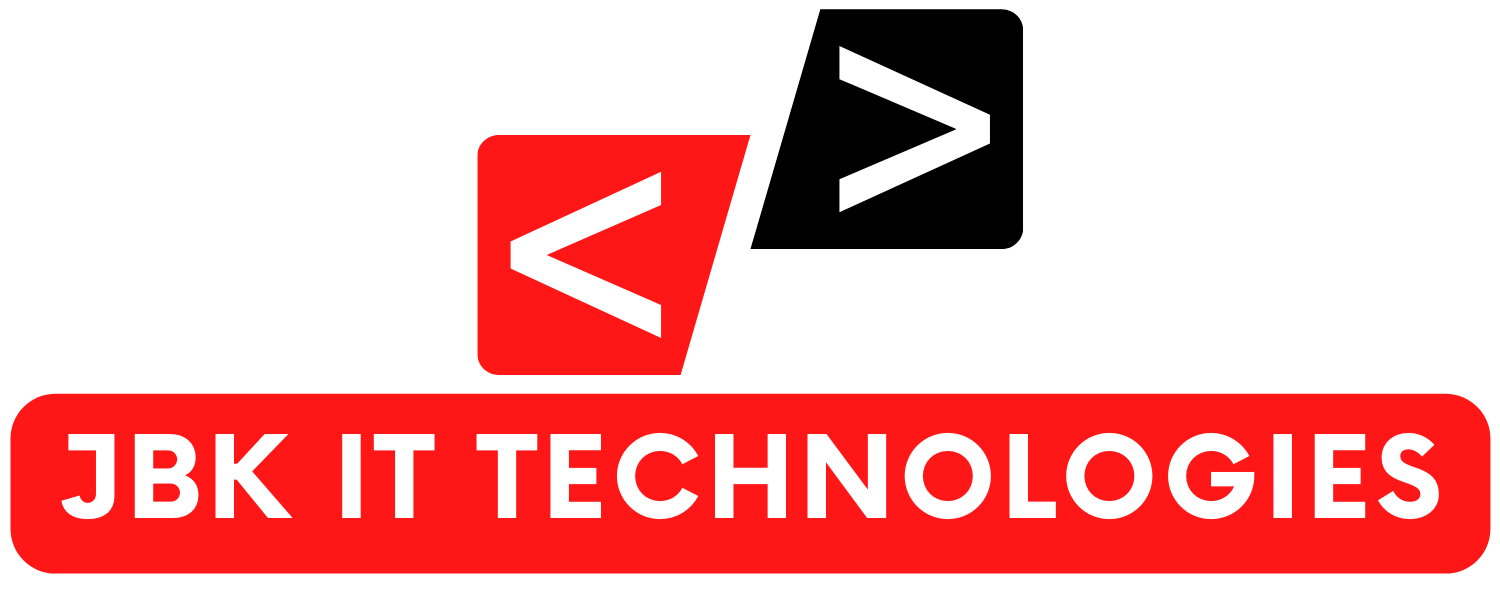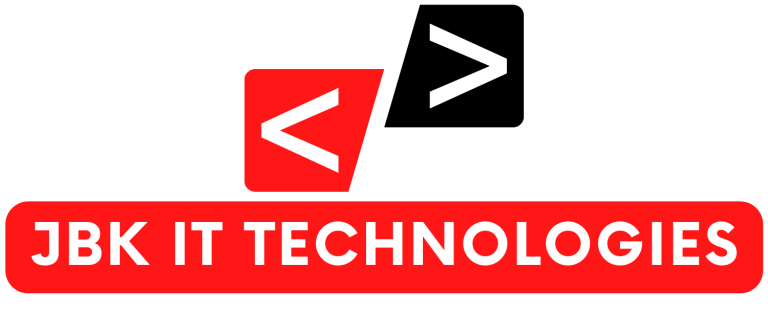Certainly! Here are 25 common C++ interview questions, along with brief explanations:
- What is C++?
- C++ is a general-purpose programming language derived from C. It adds features like object-oriented programming, classes, and templates to C.
- What is the difference between C and C++?
- C is a procedural language, while C++ supports both procedural and object-oriented programming paradigms.
- Explain Object-Oriented Programming (OOP) concepts in C++.
- OOP concepts in C++ include classes, objects, encapsulation, inheritance, and polymorphism.
- What is a class in C++?
- A class is a blueprint for creating objects. It defines data members and member functions.
- What is an object in C++?
- An object is an instance of a class. It represents a real-world entity and can hold data and execute member functions.
- What is a constructor and destructor in C++?
- A constructor initializes an object when it’s created, while a destructor cleans up resources when an object is destroyed.
- Explain the difference between
newandmallocin C++.
newis an operator in C++ used to allocate memory for an object and call its constructor.mallocis a function in C for general memory allocation.
- What is operator overloading in C++?
- Operator overloading allows you to define how operators behave for user-defined types (classes).
- Explain the difference between a deep copy and a shallow copy.
- A deep copy creates a new object with a copy of the data, while a shallow copy just copies references to the data.
- What is a friend function in C++?
- A friend function is a function that is not a member of a class but has access to its private members.
- What is the difference between
public,private, andprotectedaccess specifiers?- These access specifiers control the visibility of class members.
publicmembers are accessible from anywhere,privatemembers are only accessible from within the class, andprotectedmembers are accessible within the class and its derived classes.
- These access specifiers control the visibility of class members.
- What is a virtual function?
- A virtual function is a member function that can be overridden in derived classes. It enables dynamic binding and polymorphism.
- What is the difference between
newanddelete, andmallocandfree?newanddeleteare used for memory management in C++, whilemallocandfreeare used in C.newanddeletecall constructors and destructors, whereasmallocandfreedo not.
- What is a template in C++?
- Templates allow you to create generic classes and functions that work with different data types.
- Explain RAII (Resource Acquisition Is Initialization).
- RAII is an idiom where resources (e.g., memory, file handles) are acquired and released automatically by tying their lifetimes to object scopes.
- What is a smart pointer in C++?
- Smart pointers are objects that manage the memory of dynamically allocated objects, helping to prevent memory leaks.
- What is the Standard Template Library (STL)?
- The STL is a collection of C++ template classes and functions that provide common data structures (like vectors, maps, and queues) and algorithms.
- What is a namespace in C++?
- A namespace is a named scope that helps avoid naming conflicts by grouping related identifiers.
- Explain the
constkeyword in C++.constis used to indicate that a variable or function parameter is not modifiable.
- What is function overloading in C++?
- Function overloading allows you to define multiple functions with the same name but different parameter lists.
- What are inline functions in C++?
- Inline functions are small functions that are expanded by the compiler at the call site to improve performance.
- What is the difference between
constandconstexpr?constis used to declare a variable as unmodifiable, whileconstexpris used to indicate that an expression can be evaluated at compile-time.
- What is the purpose of the
volatilekeyword in C++?volatileis used to indicate that a variable may change at any time outside the control of the program, preventing compiler optimizations.
- Explain the
autokeyword in C++11 and later.autois used for type inference, allowing the compiler to automatically deduce the data type of a variable.
- What are lambda expressions in C++?
- Lambda expressions allow you to define anonymous functions in-line, often used in place of function objects for short, simple operations.
These questions cover a range of C++ topics commonly discussed in interviews. Be sure to prepare thoroughly and understand the concepts behind these questions.


Your article helped me a lot, is there any more related content? Thanks!